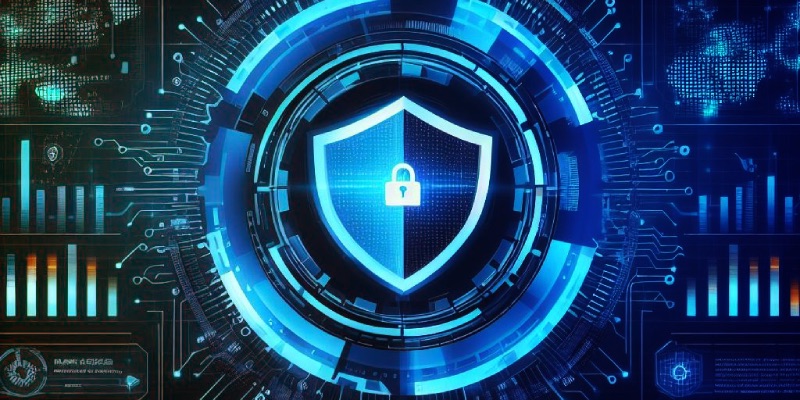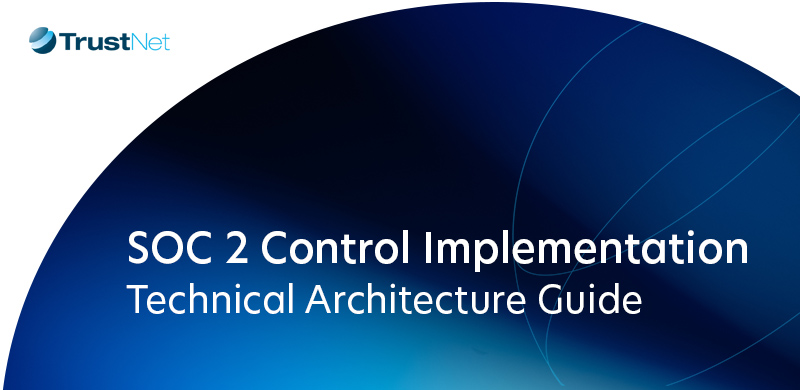Blog Year-round Monitoring and Tracking: Key to Effective Cybersecurity
Year-round Monitoring and Tracking: Key to Effective Cybersecurity

Cybercrime happens round-the-clock. So should cybersecurity. Year-round monitoring and tracking enables organizations to proactively prevent threat actors from dealing financial, operational, or reputational damage.
As a crucial element of cybersecurity, year-round monitoring and tracking involves the continuous collection and analysis of network activity data; the detection and reporting of system anomalies and unusual activities that may indicate a threat; and the appropriate response when a threat has been identified.
A high-demand sector and a critical discipline in IT, cybersecurity focuses on the protection of computer systems from unauthorized access and other threats. Without it, organizations and individuals would be overly exposed to a broad range of cybercrime such as ransomware, credit card fraud, and privacy breaches. But without year-round monitoring and tracking, cybersecurity would wage a high-stakes war with a serious handicap.
Exemplified by the feverish exploitation of zero-day vulnerabilities, cybercriminals waste no time in undermining your defenses. A momentary lapse can be all they need to orchestrate a data breach. To avoid being caught off guard, many smart organizations have implemented year-round monitoring and tracking to reinforce other cybersecurity tools and practices.
Cybersecurity Metrics and KPIs
Cybersecurity metrics and KPIs (Key Performance Indicators) are quantitative measures that help organizations assess the effectiveness of their security measures. Tracking these measures help companies to:
- Identify and prioritize their most critical cyber risks and vulnerabilities
- Drive risk mitigation activities
- Evaluate the ROI (return on investment) of specific cybersecurity efforts, procurements, and service subscriptions
- Validate compliance with relevant standards and regulations
- Improve security awareness and stakeholder accountability
- Enhance decision making, communication, and collaboration regarding cybersecurity issues
There are many cybersecurity metrics and KPIs but here are some of the most important:
- Number of identified vulnerabilities
- Number of detected viruses and malware
- Number and severity of security incidents and breaches
- Mean time to detect (MTTD) suspicious activities and threat indicators
- Mean time to respond (MTTR) to security incidents
- Percentage of systems and applications patched and updated
- Mean time to deploy a patch or security update
- Percentage of staff who have completed cybersecurity training and awareness programs
- Number of authorized and unidentified devices on the network
Compliance Monitoring
Compliance monitoring refers to the process that checks and verifies whether systems, devices, processes, and networks are adhering to applicable laws, regulations, and standards. This process is crucial for cybersecurity because it helps organizations protect their business and reputation while also reducing the likelihood of regulatory violations that are subject to stiff penalties and fines.
Some of the best practices for compliance monitoring include:
- Identify the relevant standards and regulations for your industry and region.
- Conduct a gap analysis of your current security controls and processes.
- Implement risk-based controls that meet your compliance requirements.
- Establish and review the appropriate metrics to evaluate your compliance performance.
- Regularly conduct vulnerability assessments and penetration testing to verify the effectiveness of your security measures.
- Use continuous monitoring and tracking tools to detect and respond to any suspicious changes and incidents that may compromise security or compliance.
- Conduct staff training on cybersecurity, risk awareness, and the importance of regulatory compliance.
- Use technologies such as compliance mapping software to improve efficiency and accuracy.
Cybersecurity Planning
Any organization that depends on digital systems needs to develop and implement a cybersecurity plan to protect their systems and customers from various kinds of cyber threats. A good plan includes the following key steps:
- Define the scope and key objectives of the cybersecurity plan.
- Conduct risk assessments to identify cyber risks to which your organization, digital assets, and stakeholders are exposed to.
- Establish roles and responsibilities for plan implementation. Form a cybersecurity team and designate the company’s IT security leader (such as a chief information officer or CISO).
- Identify and deploy key security measures such as firewalls, antimalware solutions, backup systems, and encryption.
- Develop a comprehensive set of policies and procedures to provide consistent and effective guidance on cybersecurity.
- Monitor, evaluate, and improve your security measures regularly.
Once your cybersecurity plan has been finalized, consider the following factors to enhance its implementation:
- Effective communication about the plan’s purpose, value, and expected benefits.
- Well-informed allocation of resources.
- Regular staff training.
- Regular review and continuous improvement of the cybersecurity plan.
- Adoption of industry best practices and standards.
Year-round Monitoring and Tracking
Organizations need 24/7/365 security monitoring and tracking because cybercrime does not take breaks, may occur at any time, and can deal serious damage. A continuous 360° visibility into your threat environment can help you to:
- detect and report suspicious system changes and network activities in real time
- prevent or mitigate the impact of cyberattacks
- identify and address system flaws, weaknesses, and vulnerabilities
- update systems and implement patches in a timely manner
- adhere to established laws, regulations, and standards
- reduce the likelihood of data breaches and the success rate of cyberattacks
- protect your business reputation and build trust with customers
You can use several tools to implement year-round monitoring and tracking. Effective solutions include:
- Intrusion detection and prevention systems (IDPS)
- Security information and event management (SIEM) systems
- Vulnerability scanning and penetration testing
- Penetration testing
Managed security services such as those offered by TrustNet typically include year-round monitoring and system protection. TrustNet’s service combines automated compliance monitoring for more than 70 regulatory frameworks with continuous cyber risk monitoring capabilities that help prevent breaches, downtime, and remediation costs.
Meanwhile, the iTrust Cyber Risk Ratings service is a next-gen platform that goes beyond monitoring just your network and systems to include third-party environments (such as customer/vendor review sites and underground hacker sites) to determine your crowdsource reputation and to detect indicators of compromise.
Conclusion
As cyberattacks grow more sophisticated and severe, year-round monitoring and tracking has become a business essential. But while it delivers compelling benefits, a continuous cybersecurity monitoring apparatus built and run in-house will involve costs that will likely break the bank of many organizations, especially SMBs.
Managed security and next-gen solutions such as those provided by TrustNet and iTrust represent the sweet spot between having full 360° awareness of your risk environment and still having enough budget left to innovate and grow your business.
Threat actors will do their dirty job, all day long and all year round. Cleaning up their mess and picking up the pieces is never a good strategy. The smart way is to maintain complete visibility into their behavior to stop them from dealing damage in the first place.




